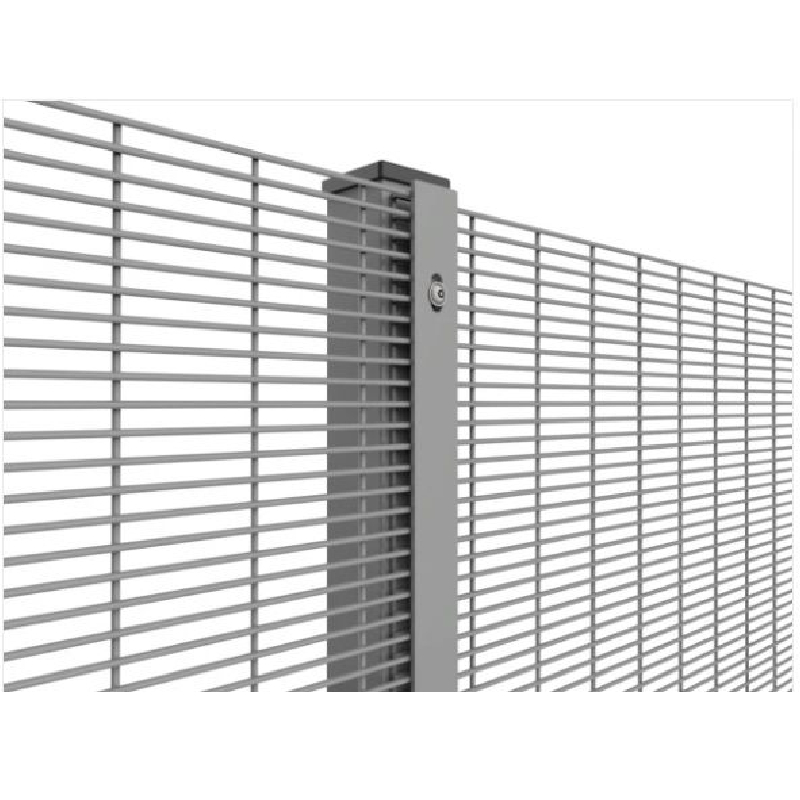The Importance of Temporary Hoarding in Construction
In the ever-evolving landscape of urban development and construction, temporary hoarding is often an underappreciated yet vital element. This simple barrier serves multiple purposes, from ensuring safety and privacy to enhancing aesthetics and complying with regulations. As cities expand and renovations occur, understanding the role and importance of temporary hoarding in construction becomes increasingly essential.
Defining Temporary Hoarding
Temporary hoarding refers to a temporary barrier constructed around a construction site. Typically made of wood, metal, or even fabric, it serves to protect the public from potential hazards associated with construction activities. This can include falling debris, construction machinery, or unsafe conditions. Hoardings are primarily erected at the start of a construction project, and they stay in place until the work is completed and the site is deemed safe.
Safety and Security
One of the primary functions of temporary hoarding is to ensure safety. Construction sites can be dangerous areas, filled with heavy machinery, tools, and materials that can pose risks to pedestrians and passersby. Hoarding acts as a physical barrier, reducing the likelihood of accidents and unauthorized access. It helps to create a defined boundary, protecting workers and the public while work is ongoing.
Moreover, hoardings also deter theft and vandalism. Construction sites are often targets for such activities, and well-erected hoardings can effectively minimize these risks, leading to safer and more secure work environments. By providing a physical barrier, hoarding plays a crucial role in safeguarding valuable equipment and materials on site.
Aesthetic Considerations
While functionality is paramount, aesthetic appeal should not be underestimated. Temporary hoardings can be designed creatively to enhance the visual environment, particularly in urban areas where construction may temporarily disrupt local aesthetics. With the use of vibrant colors, artistic designs, and advertising opportunities, hoardings can transform a potentially unsightly construction project into an engaging visual experience.
temporary hoarding construction

In many cases, businesses adjacent to construction sites benefit from well-designed temporary hoarding, as it can serve both to distract from ongoing work and to promote local shops and services
. This can foster a sense of community and support local economies during the disruptions that accompany construction projects.Compliance with Regulations
In most cities and municipalities, erecting temporary hoarding is not just a matter of best practices; it is often a regulatory requirement. Local laws typically mandate the installation of hoarding for construction work that occurs in public spaces, particularly in busy urban areas. Compliance with these regulations is essential not only to avoid fines and legal issues but also to maintain good relations with the community and governing bodies.
Failure to comply with hoarding regulations can lead to delays in construction timelines and increased costs, emphasizing the need for construction professionals to be well-versed in local laws and requirements. Understanding when and how to erect hoarding is crucial for project managers and teams.
Environmental Considerations
As society moves towards more sustainable practices, the role of temporary hoarding in environmental protection is increasingly recognized. Hoarding can help manage dust and noise pollution emanating from construction sites, thereby minimizing their impact on surrounding neighborhoods. Furthermore, with the rise of eco-friendly materials, construction companies can choose hoarding solutions that are sustainable and recyclable, further enhancing their commitment to environmental responsibility.
Conclusion
In summary, temporary hoarding is much more than a simple construction barrier. It plays a critical role in ensuring safety and security, enhancing aesthetics, complying with regulations, and addressing environmental concerns. As cities grow and adapt to the demands of modern urban life, the importance of effective temporary hoarding cannot be overstated. Properly designed and constructed hoarding not only protects the public and the workforce, but it also contributes positively to the surrounding environment, making it a fundamental aspect of responsible construction practices. As we look toward the future of urban development, temporary hoarding will undoubtedly continue to be an essential component in the construction industry.
-
The Strength and Versatility of Aluminum Expanded Metal Mesh
NewsJun.10,2025
-
Safety Guards and Machine Enclosures Using Expanded Mesh
NewsJun.10,2025
-
Performance with Round Hole Perforated Mesh in Wall Panels
NewsJun.10,2025
-
How Steel Grating Trench Covers Distribute Weight Efficiently
NewsJun.10,2025
-
How Deck Mesh Railing Enhances Backyard Aesthetics
NewsJun.10,2025
-
Comparing Bar Thickness and Spacing in Steel Grating
NewsJun.10,2025
Subscribe now!
Stay up to date with the latest on Fry Steeland industry news.

